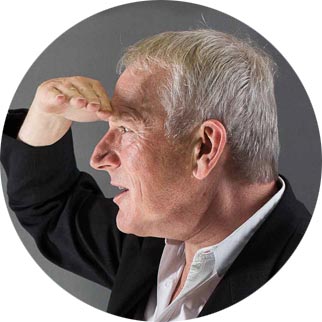In the first of three Saturday afternoon talks at Mill Hill Chapel asking ‘What Happened to the Future?’, we welcome back Professor of Forecasting & Innovation, James Woudhuysen, to discuss the failings of forecasting.
From the exuberance of Jules Verne to the forebodings of HG Wells, visions of the future are well known to say more about their own times than they do about the future itself. At the height of the Cold War, for instance, some still had faith in the future: the scientist and novelist Arthur C Clarke looked forward to harnessing nuclear energy for space travel, so that Mars and Venus would be ‘only a few hours away’. Yet by the 1970s the mood had darkened, with the famous Club of Rome report insisting that growth clashed with the inescapable limits of nature.
Today, airport bookshops groan with bestsellers telling us what the future will be like. But if predictions of the future indeed say more about the present than the future, are they a fool’s errand? Is society’s confidence, or lack thereof, simply reflected in our dreams about what the future is like? Dreams often look more like nightmares, as pessimists and optimists, technophobes and technophiliacs unite in future worlds marked by presentism, in which a bogus acceleration of everything is matched only by the absence of human agency in any scenario you care to mention.
So, is there anything worth saving in the idea of forecasting the future? Can we learn from the pitfalls of past attempts, or perhaps even be inspired by them? Can we dream of the future, but without regurgitating the present?

